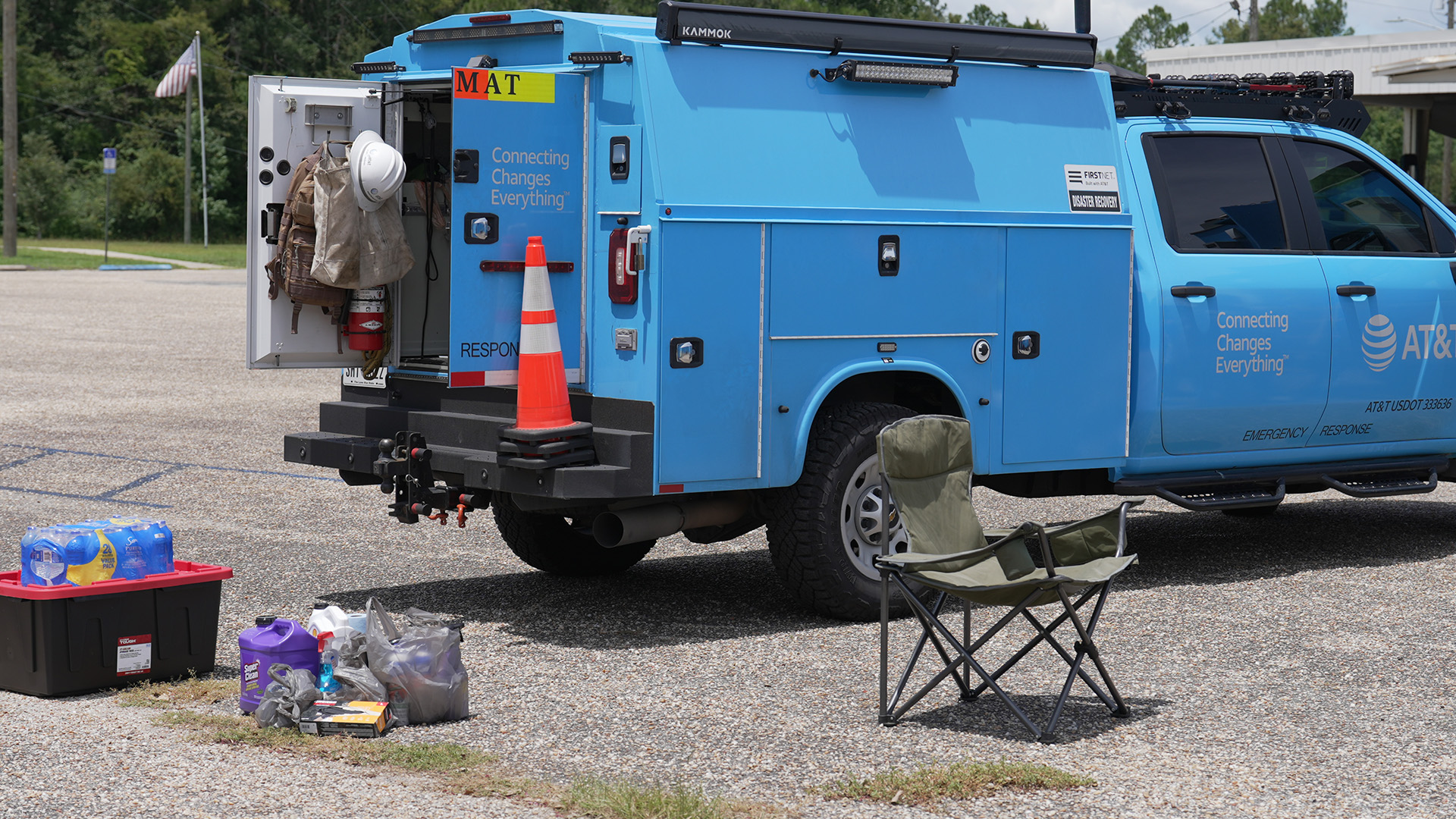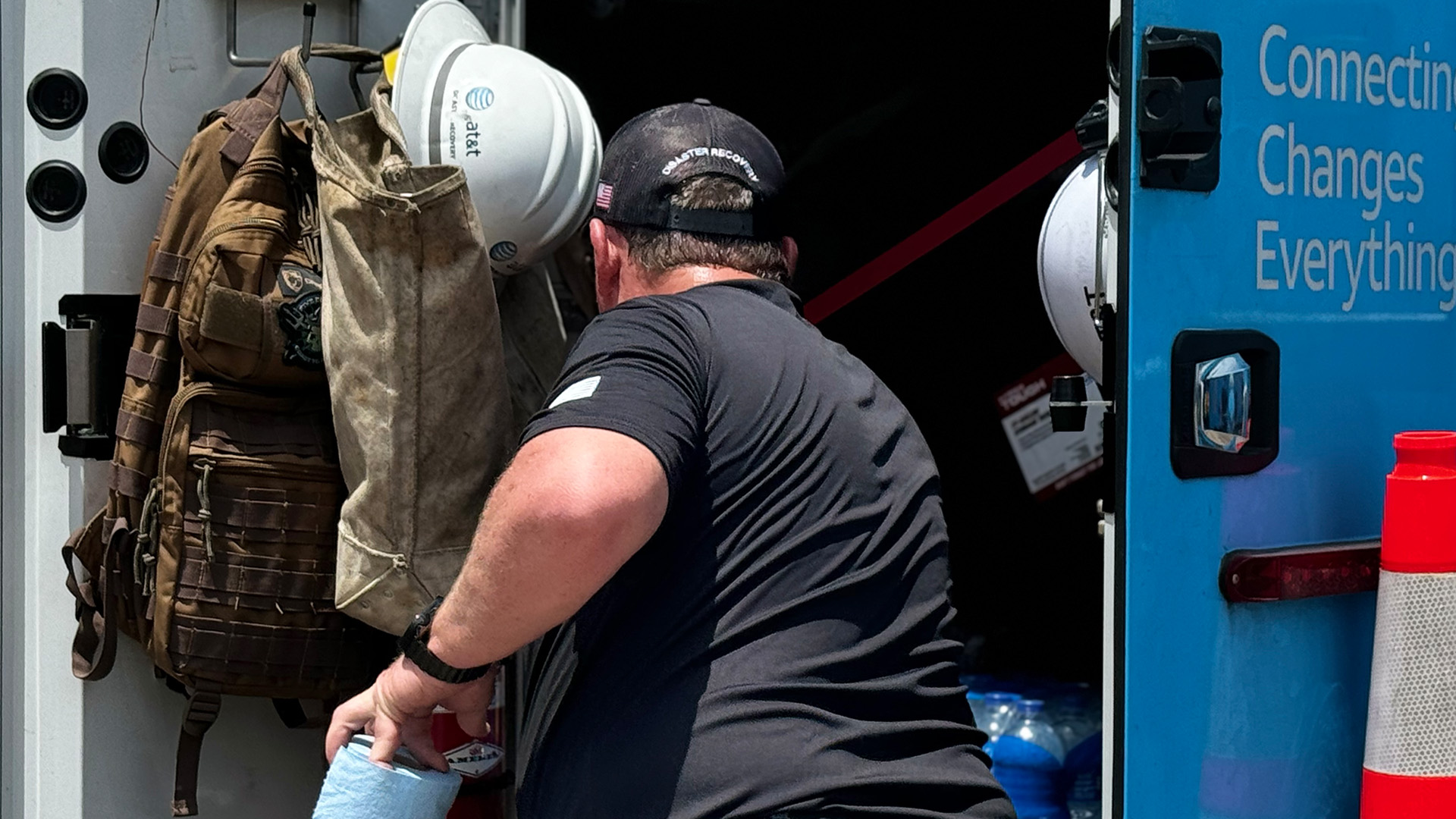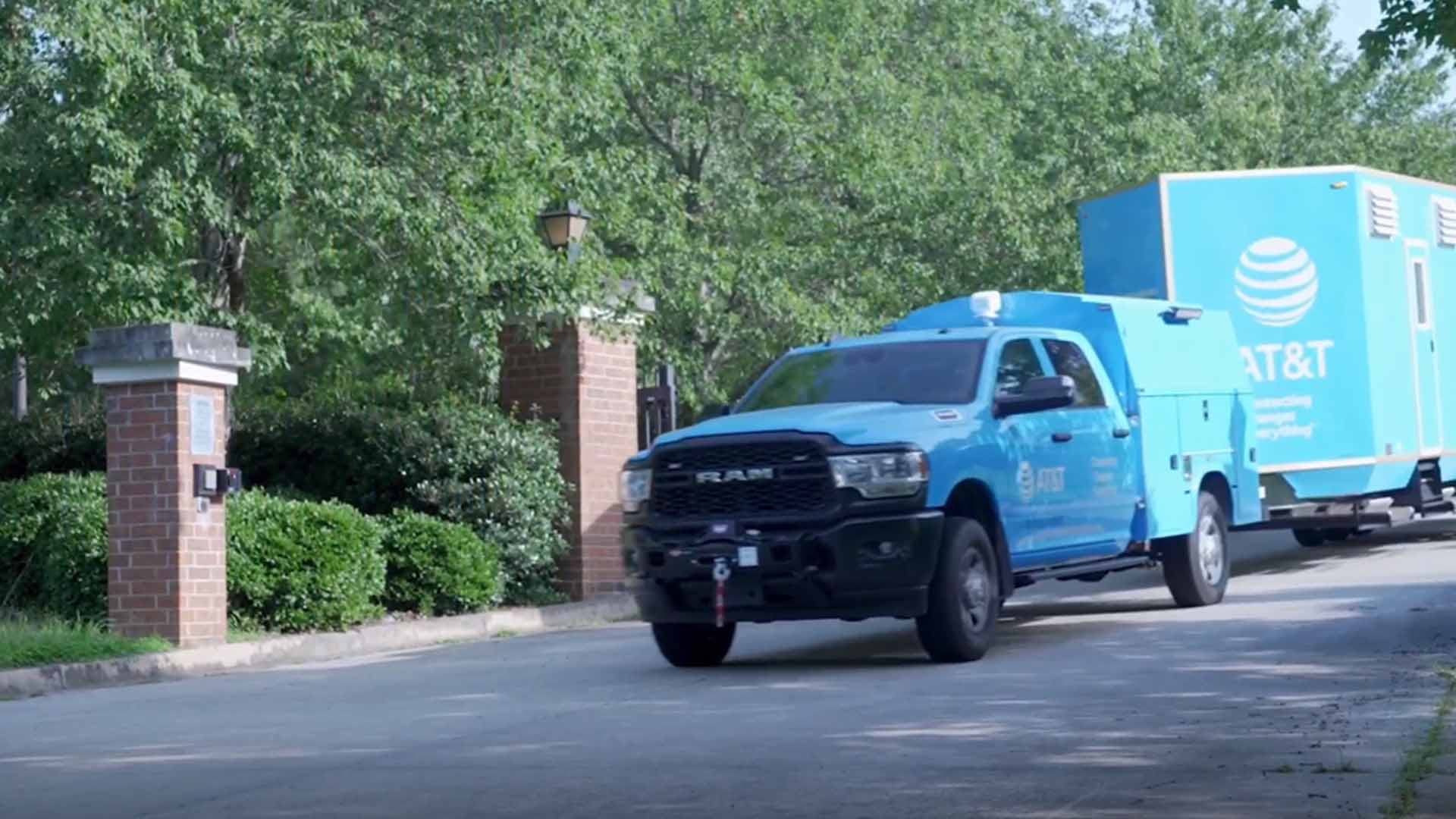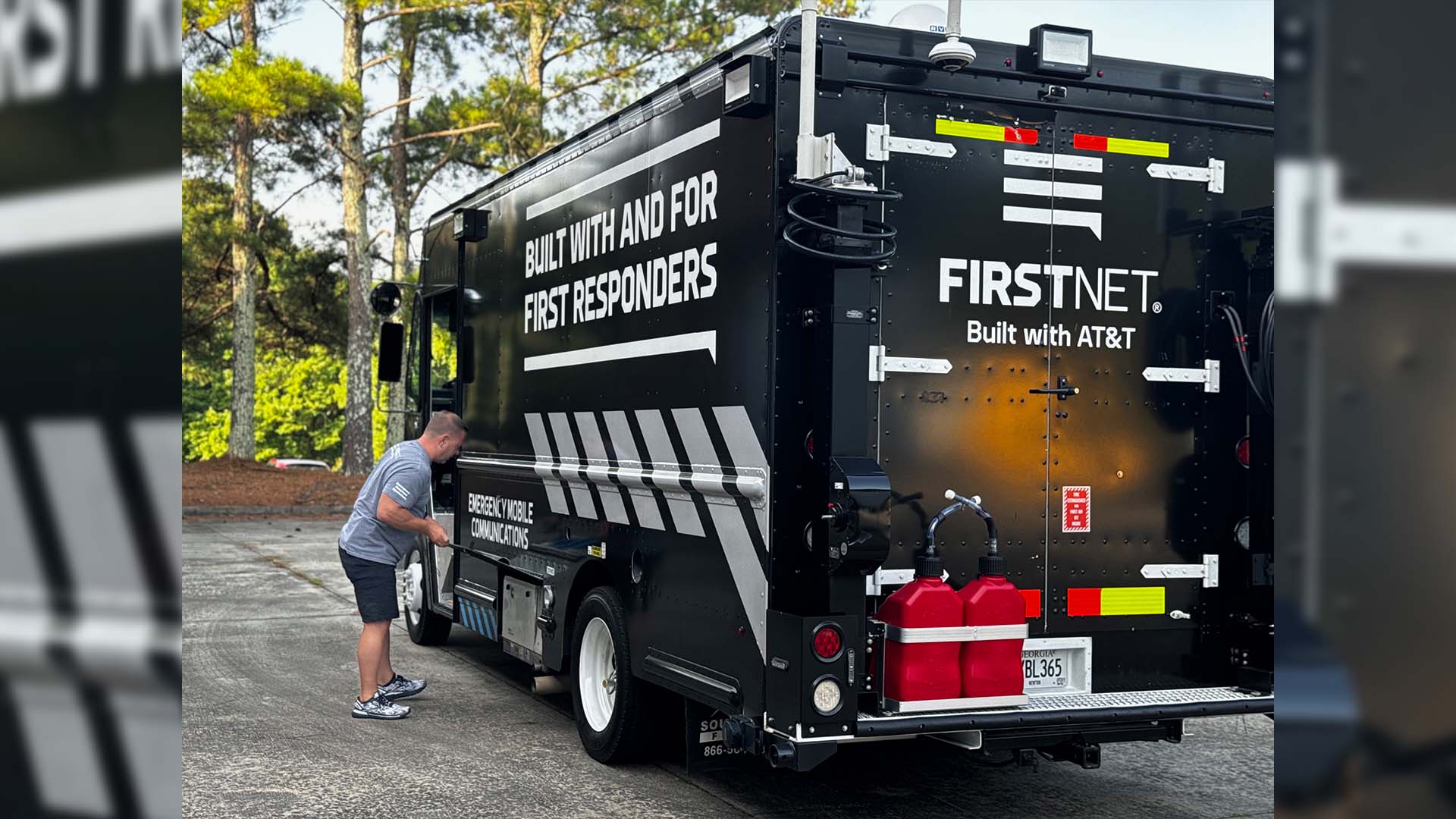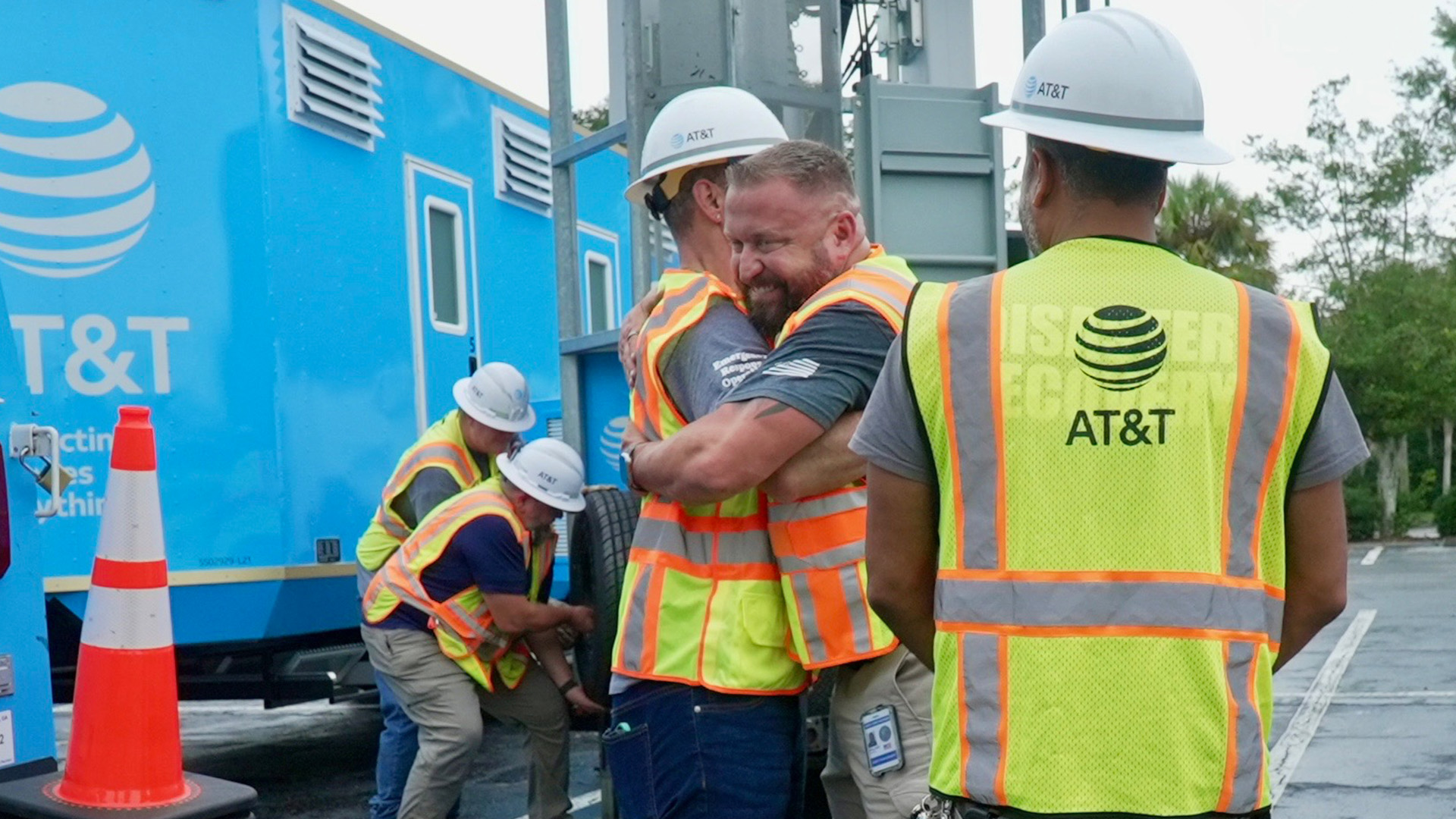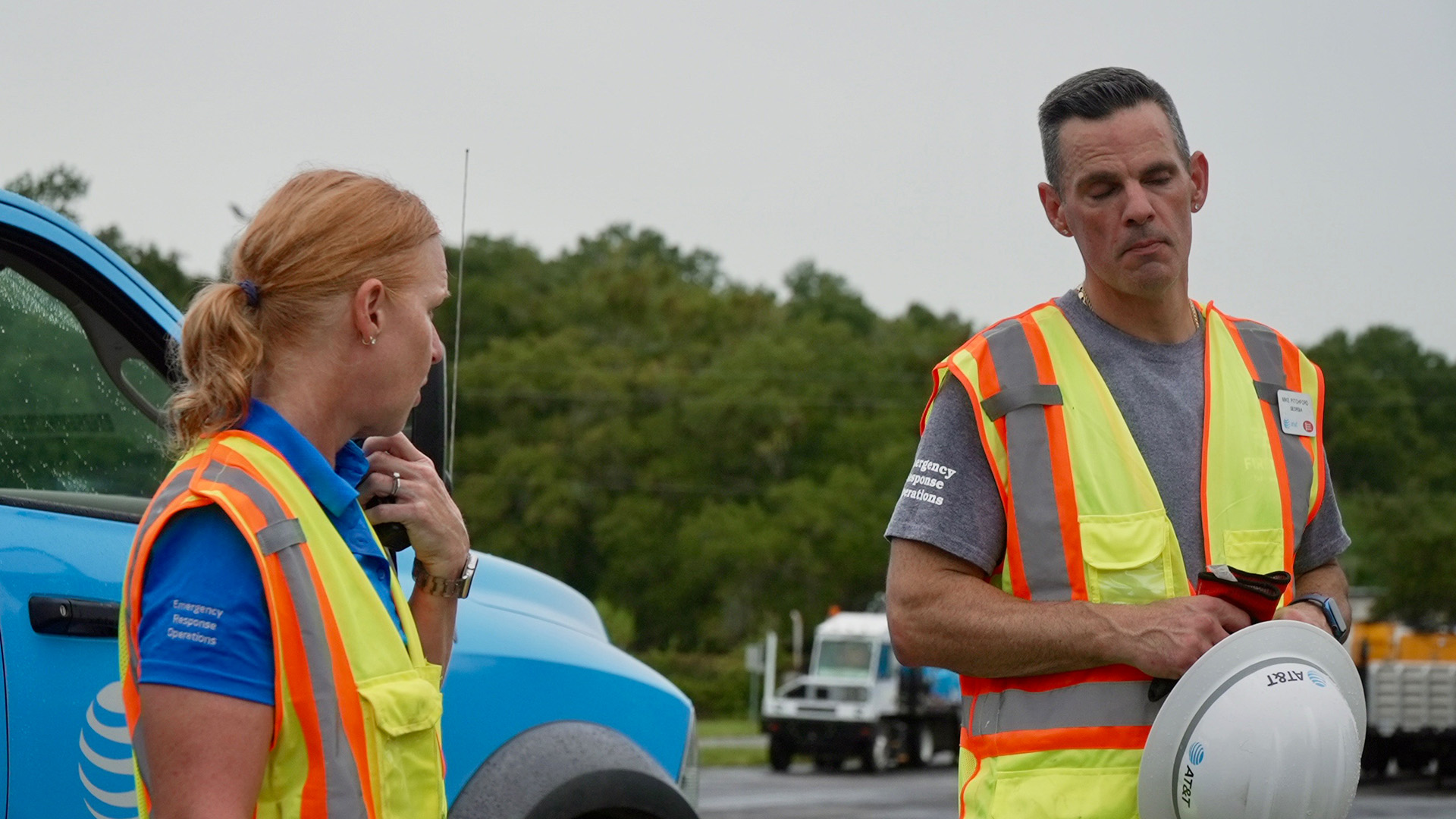As Potential Tropical Cyclone Four Approaches,
AT&T Prepares Network, Offers Tips to Help You Stay Connected
Key Takeaways:
- AT&T has initiated its storm preparedness plan as Potential Tropical Cyclone Four tracks toward Florida.
- The AT&T Weather Operations Center has a team of degreed meteorologists delivering business-specific weather intelligence, analytics, and forecasts.
- The FirstNet Response Operations Group (ROG)™ – led by a dedicated team of former first responders – is working around the clock to support public safety’s emergency communications and has liaisons engaged with local and federal agencies.
AT&T has initiated its storm preparedness plan as Potential Tropical Cyclone Four tracks toward Florida. The AT&T Weather Operations Center has a team of degreed meteorologists delivering business-specific weather intelligence, analytics and forecasts. Their expertise aids in mitigating the risk of impact to the AT&T network and assets, and helps to keep our employees safe.
Our network preparations include:
- Topping off generators with fuel at our cell sites and switch facilities.
- Testing back-up batteries at cell sites.
- Protecting our physical facilities against flooding.
- Staging emergency response and network recovery equipment in strategic locations for quick deployment following the storm.
- Prepping dedicated FirstNet® deployable network assets for use by public safety agencies on FirstNet, as requested.
“Customers rely on us, especially during major storms,” said Joe York, president, AT&T Florida. That's why we practice readiness drills and simulations throughout the year. And we do all we can to have our networks prepared when severe weather strikes. We’re working to position equipment and crews and are ready to respond if needed. We’re also closely linked with Florida public officials in their storm response efforts.”
We encourage our customers and residents in areas potentially affected by the storm to prepare as well. Below are communication tips to help you stay connected.
- Save battery life. To save your phone's battery during a power outage, try power-save mode, turn off Bluetooth and Wi-Fi, delete apps, or enable Airplane Mode.
- Keep mobile devices charged. Make sure to fully charge your mobile devices before a weather event and have an alternate way to charge your smartphone in case of power outages. A car charger or backup battery pack can be useful. If you have multiple devices, consider a multi-port backup battery pack to keep them charged.
- Keep your mobile devices dry. Mobile phones can be a critical lifeline during a storm. To protect yours, store it in a water-resistant case, floating waterproof case, or plastic bag.
- Protect vital documents. Back up important info and documents like insurance and medical papers to the cloud or computer for easy access from any device.
- Have a family communications plan. Review the plan with your family and choose someone out of the area as a central point of contact in case your family is separated.
- Update emergency contacts. It is important to store emergency contacts in your mobile phone, including numbers for the police, fire station, hospital, and family members.
- Stay informed with your mobile device. If a storm causes a power outage, you can still access local weather reports using your mobile device.
- Take advantage of your smartphone’s features. Use your phone camera to photograph and record any damage before you file an insurance claim. Location-based technology (GPS) can help find evacuation routes or track a family member’s location.
- Be prepared for high call volume and keep non-emergency calls to a minimum. During severe weather, many people may try to call at the same time, which may cause network congestion. If you get a "fast busy" signal on your phone, hang up, wait a few seconds, then try again.
- Try texting vs. calling. Because it requires fewer network resources, text messages may go through faster than voice calls.
AT&T Preparations
AT&T’s Network Disaster Recovery (NDR) program is one of the largest in the country. Our NDR fleet consists of more than 750 pieces of specialized response equipment readied for quick deployment, including:
- Mobile cell sites and mobile command centers
- Flying COWs® (Cell on Wings)
- Drones for assessing cell site damage
- Emergency communications vehicles
- Basecamp operations with sleeping bunks, bathrooms, showers, kitchen, on-site nurse and meals ready-to-eat (MREs)
- Hazmat equipment and supplies
- Technology and support trailers to provide infrastructure support and mobile heating ventilation and air conditioning
- Internal and external resources for initial assessment and recovery efforts
In addition, FirstNet, Built with AT&T – America’s Public Safety Network – and its dedicated fleet of more than 180 deployable network assets are at the ready. The FirstNet Response Operations Group (ROG)™ – led by a dedicated team of former first responders – is working around the clock to support public safety’s emergency communications and has liaisons engaged with local and federal agencies.






